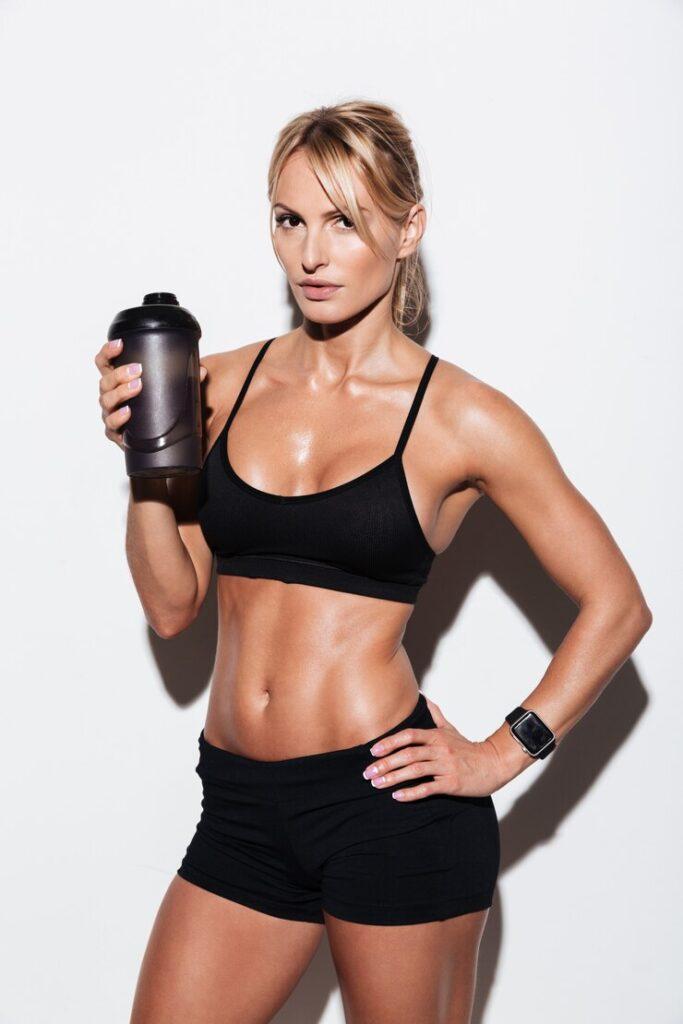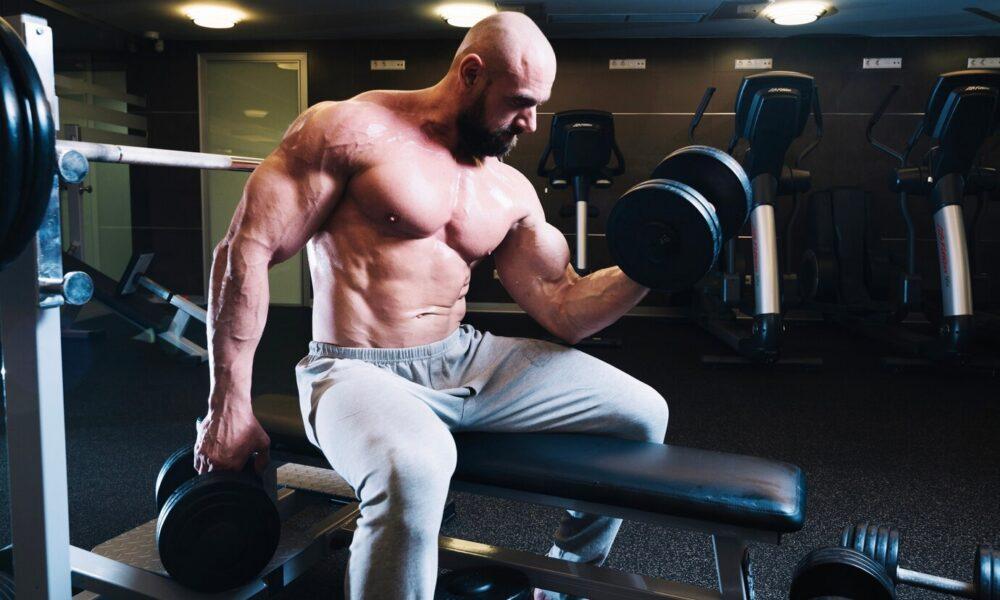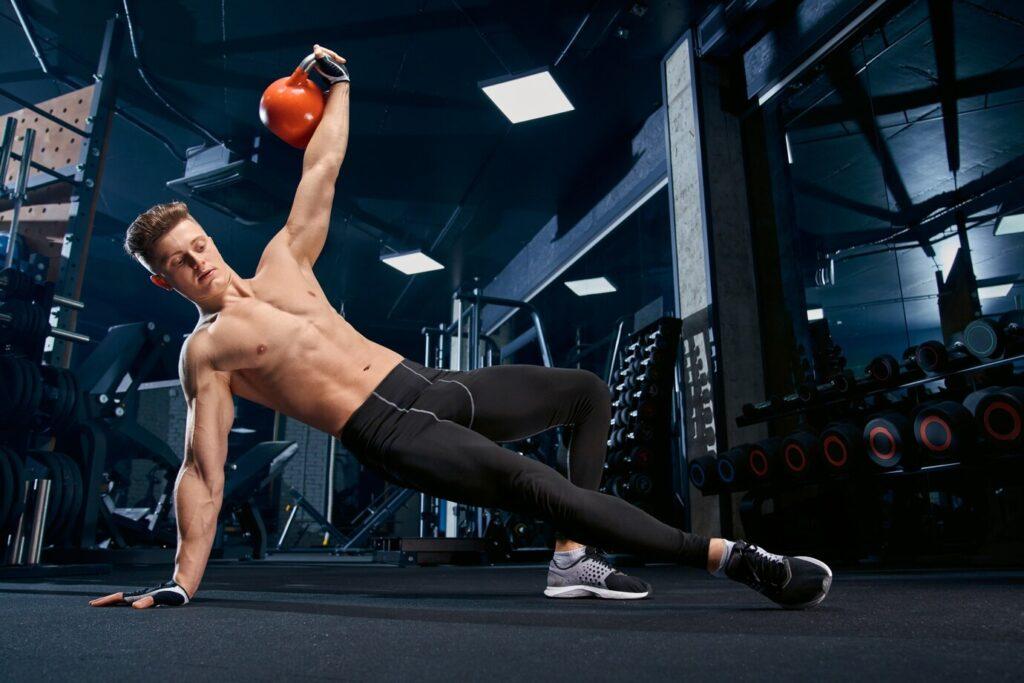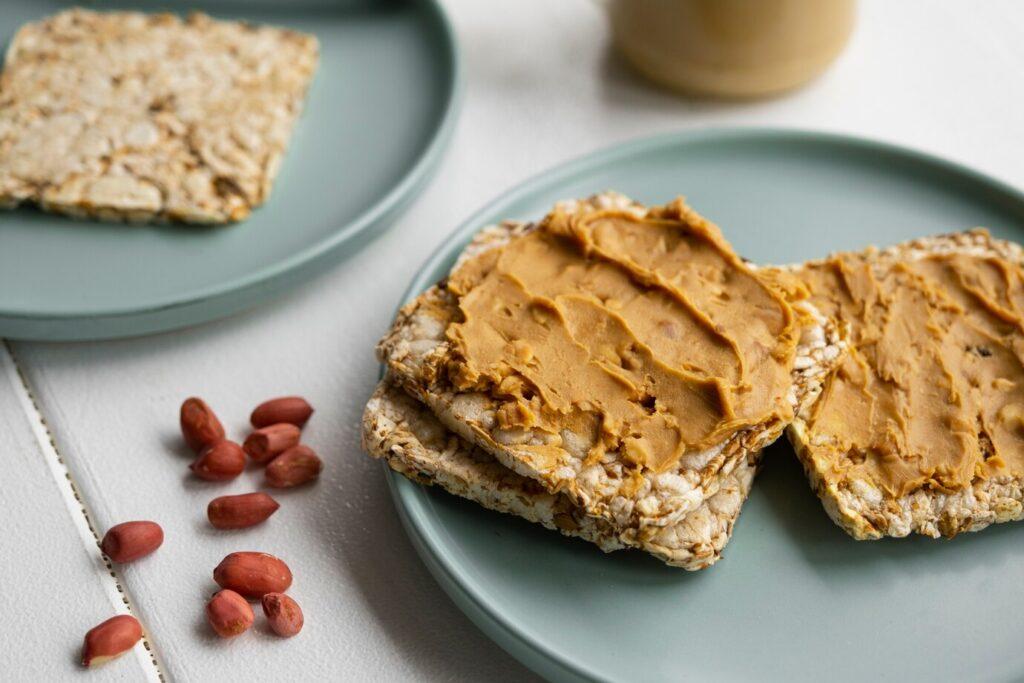Building muscle and sculpting a lean, strong physique requires a balance of hard work, patience, and the right support. For women bodybuilders, adding supplements to your regimen can help break through biological limits, enhance workout performance, and support recovery. But with so many options, how do you choose the best ones?
Why Supplements Matter in Women’s Bodybuilding
Bodybuilding as a woman comes with its unique challenges, and supplements can help provide essential support along the way. While diet and exercise are key, the right supplements can boost stamina, increase muscle-building potential, and fill in nutritional gaps to support the rigors of intense training. Here are some major benefits of using supplements:
1. Overcoming Biological Limitations
Women naturally have lower testosterone levels than men, which can limit muscle growth and strength gains. Supplements can make a substantial difference by helping optimize energy, protein synthesis, and endurance, making it easier to achieve lean, defined muscle.
2. Supporting Recovery and Longevity
Building muscle isn’t just about intense workouts; it’s about how well and quickly your muscles recover after each session. Supplements can accelerate this recovery process, reducing soreness and muscle breakdown. Over time, they build a foundation for sustainable gains and fewer setbacks due to injuries or fatigue.
3. Energy and Fat Loss
Building lean muscle requires consistent energy and metabolic support, and some supplements are designed to provide clean fuel that helps the body burn fat while sustaining strength. This energy boost helps you power through workouts without sacrificing form or risking fatigue.
Top Supplements for Women Bodybuilders
Here’s a closer look at some top supplements, along with their short- and long-term health benefits:
1. Protein Powders (Whey, Casein)
Protein is the cornerstone of muscle growth and recovery. It helps repair torn muscle fibers, fueling stronger, more resilient muscles over time.
- Whey Protein: Quick-acting, sending amino acids directly to muscle tissues for immediate recovery. Perfect post-workout.
- Short-term: Enhances muscle recovery right after workouts.
- Long-term: Builds a steady increase in muscle mass and strength, supporting a toned look.
- Casein Protein: Slow-digesting, ideal for sustaining muscle recovery overnight.
- Short-term: Provides a steady nutrient source during sleep.
- Long-term: Prevents muscle breakdown, supporting ongoing muscle repair and growth.
2. Magnesium
Magnesium supports muscle function, helps reduce soreness, and improves oxygen flow, essential for muscle endurance and heart health.
- Short-term: Eases muscle cramps, and promotes relaxation after workouts.
- Long-term: Maintains steady energy levels, boosts muscle function, and supports cardiovascular health.
3. Nitric Oxide (NO) Boosters
Nitric oxide increases blood flow, which helps deliver oxygen and nutrients to muscles during intense workouts. The result? Better stamina and less soreness.
- Short-term: Increases endurance and delays muscle fatigue during workouts.
- Long-term: Helps maintain cardiovascular health by promoting healthy blood circulation, essential for an active lifestyle.
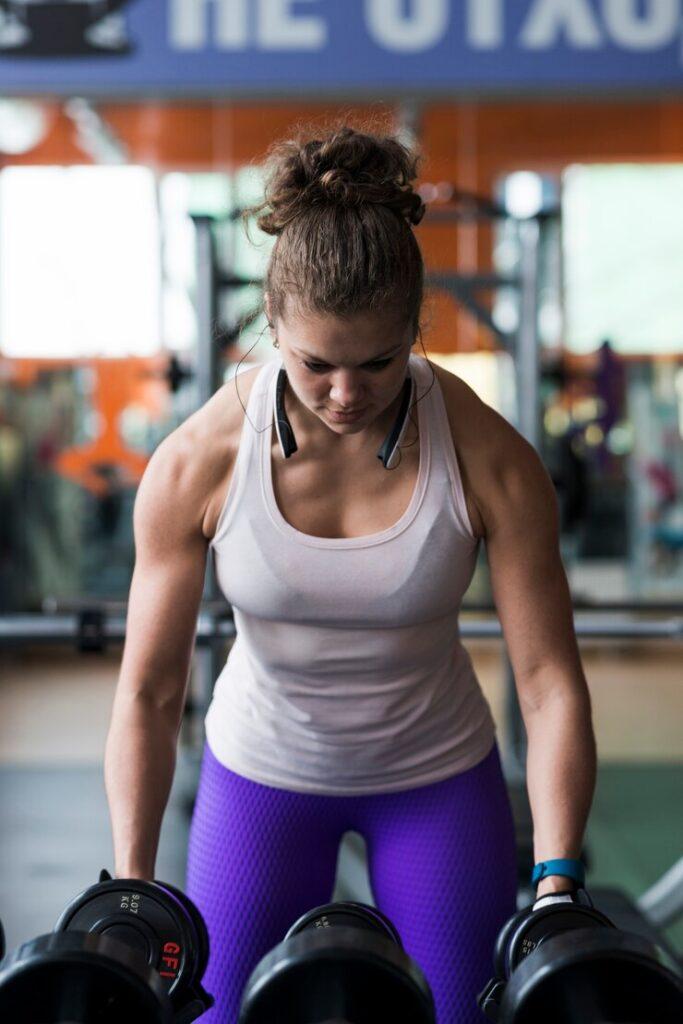
4. Creatine Monohydrate
Creatine improves short bursts of strength and endurance, allowing you to lift heavier and train harder. It’s excellent for building muscle and reducing fatigue.
- Short-term: Boosts muscle strength and quick recovery for power-based exercises.
- Long-term: Increases lean muscle mass, essential for sustained muscle health and energy metabolism.
5. Adaptogens (Rhodiola, Cordyceps)
Adaptogens support mental and physical endurance, making them ideal pre-workout supplements for better focus and less stress.
- Short-term: Reduces stress and improves workout stamina.
- Long-term: Supports immune health and mental clarity, creating a balanced foundation for consistent training.
6. BCAAs (Branched-Chain Amino Acids)
BCAAs (like leucine, isoleucine, and valine) play a unique role in energy production and muscle preservation, making them ideal for preventing muscle breakdown.
- Short-term: Extends workout endurance by reducing fatigue.
- Long-term: Promotes muscle recovery and growth, while preserving lean muscle over time.
7. High GI Carbohydrates
Though often avoided, fast-digesting carbohydrates can be an ideal pre-workout fuel. They spike insulin, improving energy delivery to muscles.
- Short-term: Provides quick energy for intense, high-performance workouts.
- Long-term: Helps support healthy muscle glycogen levels, critical for recovery and workout readiness.
8. Beta-Alanine
Beta-alanine buffers lactic acid in muscles, delaying fatigue. It’s ideal for building endurance in high-intensity workouts.
- Short-term: Increases workout duration by reducing muscle “burn.”
- Long-term: Builds overall stamina, supports longer workout capacity, and helps prevent muscle soreness.

Choosing the Right Supplements: Why It Matters
Selecting the right supplements isn’t just about picking the latest popular product. It’s about identifying what fits best with your unique goals, body type, and workout intensity to get the maximum benefit for both immediate and long-term health. Here’s a closer look at how to make the best choice and why it’s crucial for sustained success.
1. Understand Your Goals Clearly
Every supplement is designed with a purpose, and that purpose should match your fitness goals:
- Muscle Gain: Protein, BCAAs, and creatine are key players in helping build lean muscle.
- Fat Loss: Supplements like caffeine, green tea extract, or L-carnitine may support metabolism and fat-burning.
- Endurance and Energy: Adaptogens, nitric oxide boosters, and beta-alanine can help boost stamina and reduce fatigue, keeping you strong throughout intense workouts.
Aligning your goals with specific supplements helps avoid the pitfall of overloading on unnecessary products. It ensures you’re giving your body precisely what it needs to thrive in the gym and beyond.
2. Quality Matters: Research the Brand
The supplement industry isn’t as tightly regulated as food or medicine, so choosing trustworthy brands is essential. Here’s why:
- Purity and Safety: Not all brands are created equal. Reputable brands invest in high-quality, clinically tested ingredients to ensure the product is free from contaminants and harmful additives.
- Transparency: Look for brands that offer clear ingredient labeling and list dosages. Transparent brands will often undergo third-party testing to verify what’s on the label is exactly what’s in the product.
- Effectiveness: The concentration and quality of ingredients can significantly impact how effective a supplement is. Premium brands tend to invest in higher-grade ingredients that work as advertised, leading to real, lasting results.
Tip: Do a quick search for third-party lab certifications (like NSF, USP, or Informed-Sport) on the product or check consumer reviews for feedback on effectiveness.
3. Consult a Professional
Whether you’re starting a new supplement or adjusting your regimen, consulting a trainer, dietitian, or healthcare provider is invaluable. Here’s how they can help:
- Personalized Guidance: Professionals can help you navigate which supplements align with your current physical health, body composition, and dietary needs.
- Avoiding Interactions: Some supplements, like certain fat burners or pre-workouts, may not pair well with certain medications or health conditions. A professional can ensure there are no adverse interactions with your health profile.
- Optimal Dosing: Often, supplement effectiveness depends on correct dosing. A healthcare provider can help you adjust dosages to suit your personal tolerance and performance goals.
4. Assess Dosage, Cost, and Value
It’s tempting to go for the cheapest option or mega-dose products, but quality and balance are key:
- Cost vs. Quality: Investing in supplements that are a bit pricier but contain higher-quality ingredients will likely bring better results and fewer unwanted side effects.
- Form of Supplement: Consider the forms you find convenient (e.g., pills, powders, or gummies) and whether it’s easy to incorporate them into your routine.
- Optimal Dosage: More isn’t always better! For example, creatine is effective at 3-5 grams per day, and exceeding this doesn’t necessarily improve performance. Stick to recommended dosages for safe, steady results.
5. Evaluate Your Progress and Adjust as Needed
Not every supplement is going to work perfectly for everyone. Keep track of your progress, monitor how your body responds, and adjust based on your goals:
- Short-Term Progress: If you notice improvements in energy, muscle tone, or recovery, your supplements are likely working well.
- Long-Term Goals: Over time, as your fitness goals evolve, reassess your supplement needs. Some supplements may become less relevant, while others may be needed as you push through new plateaus.
Why Choosing the Right Supplements is Crucial
Choosing supplements carefully is more than just a strategy for gym gains—it’s a long-term investment in your health, energy, and mental wellness. Making informed choices provides benefits that extend beyond aesthetics:
- Sustained Health: High-quality, targeted supplements support not only muscle health but also immune function, bone density, and metabolic health, helping you stay active and resilient.
- Improved Performance: With the right fuel, you can train harder, recover faster, and prevent burnout, ensuring you enjoy and sustain your workout regimen.
- Enhanced Confidence: When you’re taking supplements that support your goals and feel results, it boosts confidence, keeping you motivated to stick with your routine.
Taking time to select the right supplements means you’re not just building muscle—you’re building a foundation for lasting fitness and health.
Final Takeaway
Supplements can be a powerful addition to your workout routine, accelerating your progress and supporting long-term health. From improving muscle recovery to maintaining steady energy levels, the right supplements help you make the most of every workout, promoting both physical resilience and overall well-being.
As you add these supplements, remember to start slowly, stay consistent, and consult with a healthcare professional if you’re unsure. With the right balance, supplements can keep you motivated and feeling your best as you work toward your fitness goals.
Steroids4U.eu – Steroids4U.net – Steroids4U.to | Best EU Online Steroid Shop – Buy Steroids

